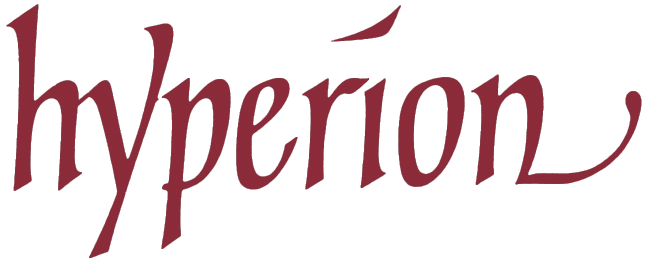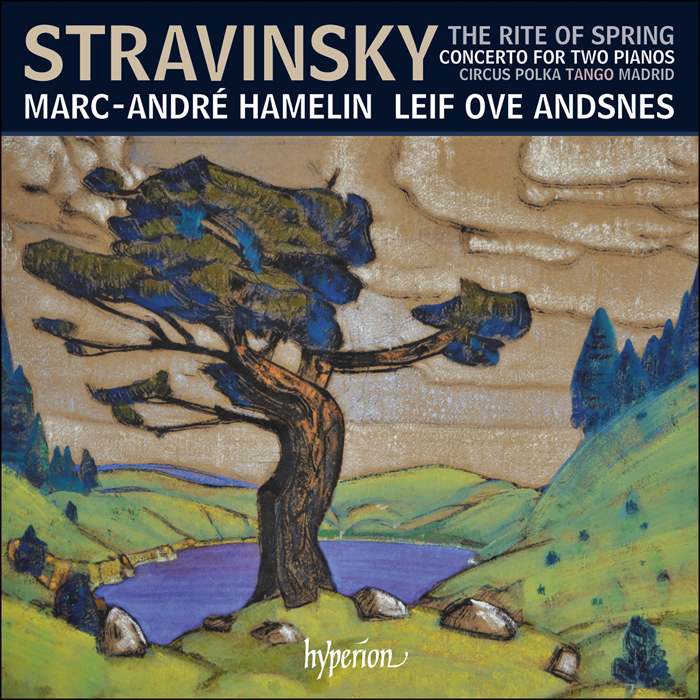Stravinsky: The Rite of Spring & other works for two pianos four hands
Marc-André Hamelin (piano), Leif Ove Andsnes (piano)
CDA68189
Shortly before its notorious Paris ballet premiere in 1913, this was essentially how The Rite of Spring first saw the light of day: Leif Ove Andsnes and Marc-André Hamelin recapture the heady, visceral thrill which must have been in the air when Stravinsky sat down at the piano with Debussy to create this landmark of modernism.
Leif Ove Andsnes appears courtesy of Sony Classical International.
Behind The Cover
It's easy to overlook that the title page of The Rite of Spring carries not one but two names: the 'Pictures from Pagan Russia' are credited not only to Igor Stravinsky but also to Nicholas Roerich. Roerich (1874-1947), who designed the sets and costumes, was one of the creative triumvirate responsible for the Rite first seeing the light of the day at its notorious Paris premiere. (The third figure was Vaslav Nijinsky, who choreographed the ballet.) But that hardly does justice to Roerich’s contribution: Stravinsky, never the easiest of colleagues to please, thought the designs 'a real miracle', and they've now become indelibly associated with the work. Roerich himself was a complex figure, active in a number of disparate fields: painter, writer, archaeologist, ethnographer and something akin to a religious figure. 'The Kiss of the Earth' is one of the sets Roerich designed for the Rite, and its blend of ancient and modern is typical: the weirdly anthropomorphic tree seems to be stretching as if waking from hibernation, in a landscape which is coming to life. Perhaps Stravinsky had something similar in mind when he wrote of 'the violent Russian spring that seemed to begin in an hour and was like the whole earth cracking'.
And if there's always been a tendency to think of the Rite as an orchestral showpiece, Marc-André Hamelin and Leif Ove Andsnes remind us of another, very different, thread in the work's long performing history. In May 1913, not long before the first performance of the ballet, Stravinsky and Debussy, no less, sat down to play it from the newly published four-hand reduction, essentially the version recorded here on two pianos. Hamelin and Andsnes certainly capture something of the heady, visceral thrill which must have been present at the birth of this landmark of modernism, and we’re sure that its composer would have shared our enthusiasm.

